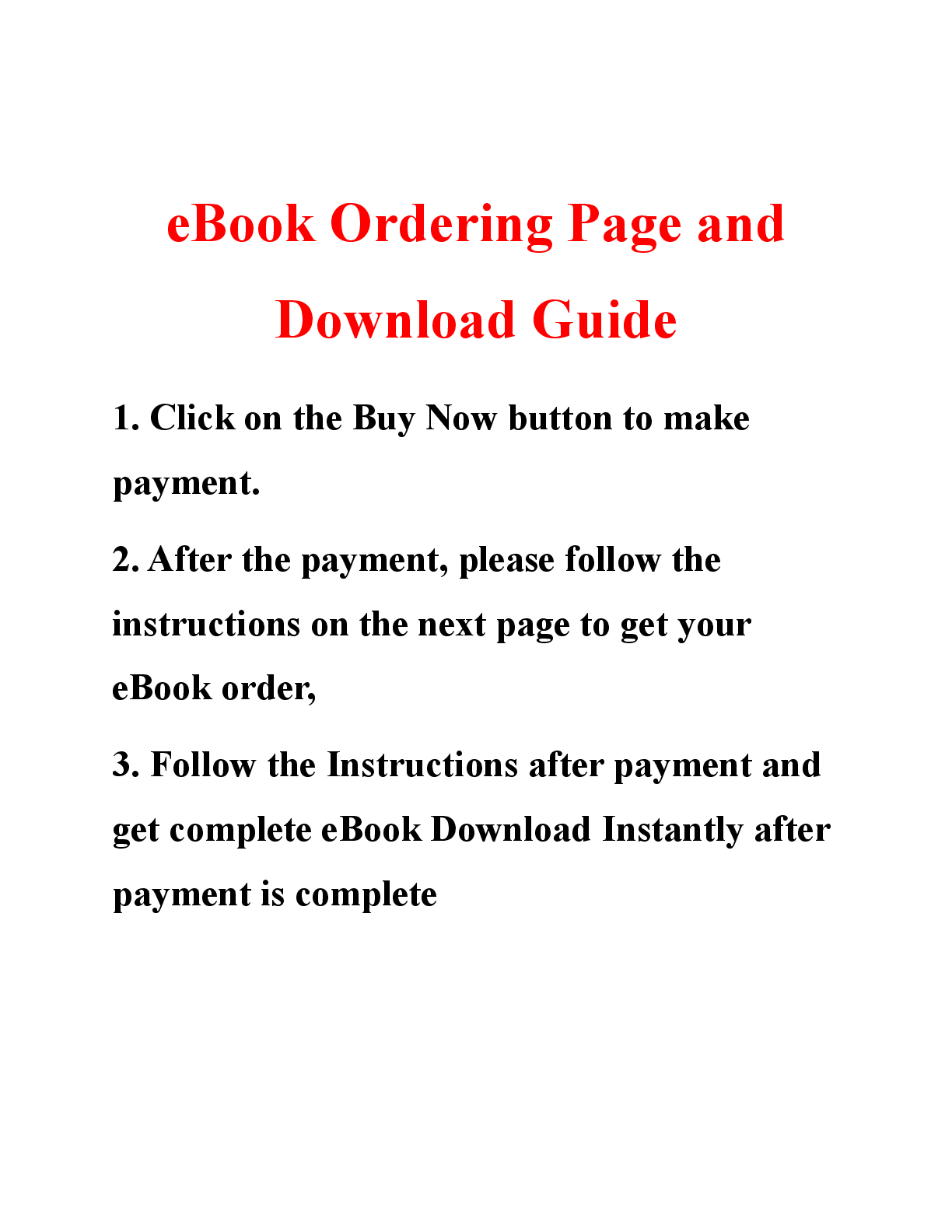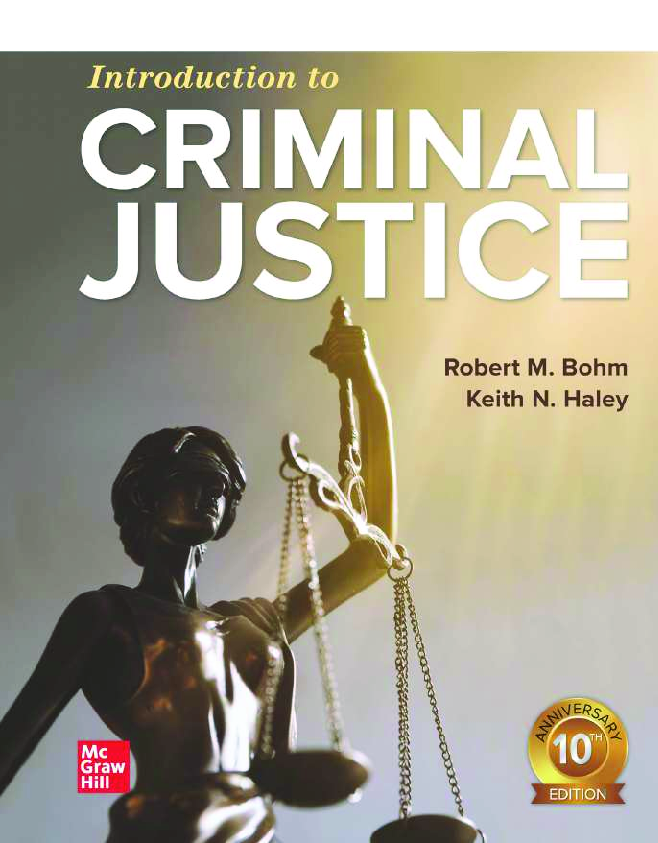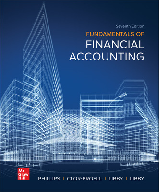Financial Accounting > eBook-PDF > Financial Accounting, 7th Edition, By David Alexander [PDF] [eBook] (All)
Financial Accounting, 7th Edition, By David Alexander [PDF] [eBook]
Document Content and Description Below
Half Title Page Title Page Copyright Page Contents Preface Publisher’s acknowledgements Part 1 THE CONTEXT OF ACCOUNTING 1 Introduction Objectives 1.1 Purposes and users of accounting 1.2 ... Entities 1.3 Accounting regulation and the accountancy profession 1.4 Language 1.5 Excitement in accounting 1.6 The path ahead Summary Multiple-choice questions Exercises 2 Some fundamentals Objectives 2.1 Introduction 2.2 The balance sheet 2.3 The income statement 2.4 Two simple equations 2.5 How cash flows fit in Summary Multiple-choice questions Exercises 3 Frameworks and concepts Objectives 3.1 Introduction 3.2 The IASB's list of qualitative characteristics 3.3 The reporting entity 3.4 A hierarchy of concepts and some inconsistencies Summary References and research Multiple-choice questions Exercises 4 The regulation of accounting Objectives 4.1 Introduction: various ways to regulate accounting 4.2 Legal systems 4.3 Examples of regulation 4.4 The regulation of International Standards 4.5 SMEs and partnerships Summary References and research Multiple-choice questions Exercises 5 International differences and harmonisation Objectives 5.1 Introduction: the international nature of the development of accounting 5.2 Classification 5.3 Influences on differences 5.4 Harmonisation of financial reporting 5.5 The International Accounting Standards Board Summary References and research Multiple-choice questions Exercises 6 Company reporting Objectives 6.1 Introduction 6.2 Balance sheets (statements of financial position) 6.3 Comprehensive income 6.4 Statements of changes in equity 6.5 Cash flow statements 6.6 Notes to the financial statements 6.7 Other general disclosure requirements 6.8 Wider disclosure considerations: corporate social reporting, corporate governance and ethics Summary References and research Multiple-choice questions Exercises 7 Financial statement analysis Objectives 7.1 Introduction 7.2 Ratios and percentages 7.3 Profit ratios 7.4 Profitability ratios 7.5 Liquidity ratios 7.6 Interest cover 7.7 Funds management ratios 7.8 Introduction to investment ratios 7.9 Some general issues about ratios Summary Multiple-choice questions Exercises Part 2 FINANCIAL REPORTING ISSUES 8 Recognition and measurement of the elements of financial statements Objectives 8.1 Introduction 8.2 Primacy of definitions 8.3 Hierarchy of decisions about assets and liabilities 8.4 Income (including revenue) and expenses Summary References and research Multiple-choice questions Exercises 9 Tangible and intangible non-current assets Objectives 9.1 Preamble: a tale of two companies 9.2 Introduction 9.3 The recognition of assets 9.4 Should leased assets be recognised? 9.5 Depreciation of cost 9.6 Impairment 9.7 Measurement based on fair value 9.8 Investment properties 9.9 A mix of values Summary References and research Multiple-choice questions Exercises 10 Inventories Objectives 10.1 Introduction 10.2 Counting inventory 10.3 Valuation of inventory at historical cost 10.4 Inventory flow 10.5 Other cost methods 10.6 Valuation of inventory using exit values 10.7 Practice Summary References and research Multiple-choice questions Exercises 11 Financial assets, liabilities and equity Objectives 11.1 Introduction 11.2 Cash and receivables 11.3 Investments 11.4 Liabilities 11.5 Equity 11.6 Reserves and provisions 11.7 Comparisons of debt and equity Summary References and research Multiple-choice questions Exercises 12 Accounting and taxation Objectives 12.1 Introduction 12.2 International differences in the determination of taxable income 12.3 Tax rates and tax expense 12.4 Deferred tax Summary References and research Multiple-choice questions Exercises 13 Cash flow statements Objectives 13.1 Introduction 13.2 An outline of the IAS 7 approach 13.3 Reporting cash flows from operating activities 13.4 The preparation of cash flow statements 13.5 A real example Summary References and research Multiple-choice questions Exercises 14 Group accounting Objectives 14.1 Introduction: the group 14.2 Investments related to the group 14.3 Accounting for the group 14.4 Uniting/pooling of interests 14.5 The equity method 14.6 Conclusion on group relationships Summary References and research Multiple-choice questions Exercises 15 Foreign currency translation Objectives 15.1 Introduction 15.2 Transactions 15.3 Translation of financial statements 15.4 A numerical illustration Summary References and research Multiple-choice questions Exercises Part 3 ANALYSIS 16 Financial appraisal Objectives 16.1 Introduction 16.2 More on investment ratios 16.3 Interpreting the balance sheet 16.4 Valuation through expectations 16.5 Valuation through market values 16.6 Accounting policies and financial appraisal 16.7 Creative accounting Summary References and research Multiple-choice questions Exercises 17 International analysis Objectives 17.1 Introduction 17.2 Language 17.3 Differences in financial culture 17.4 Accounting differences 17.5 Help by multinationals 17.6 Increasing international harmonisation 17.7 Get out there and do it Summary References and research Exercises [Show More]
Last updated: 2 years ago
Preview 1 out of 600 pages

Buy this document to get the full access instantly
Instant Download Access after purchase
Buy NowInstant download
We Accept:

Reviews( 0 )
$25.00
Can't find what you want? Try our AI powered Search
Document information
Connected school, study & course
About the document
Uploaded On
Dec 22, 2022
Number of pages
600
Written in
Additional information
This document has been written for:
Uploaded
Dec 22, 2022
Downloads
0
Views
94


























